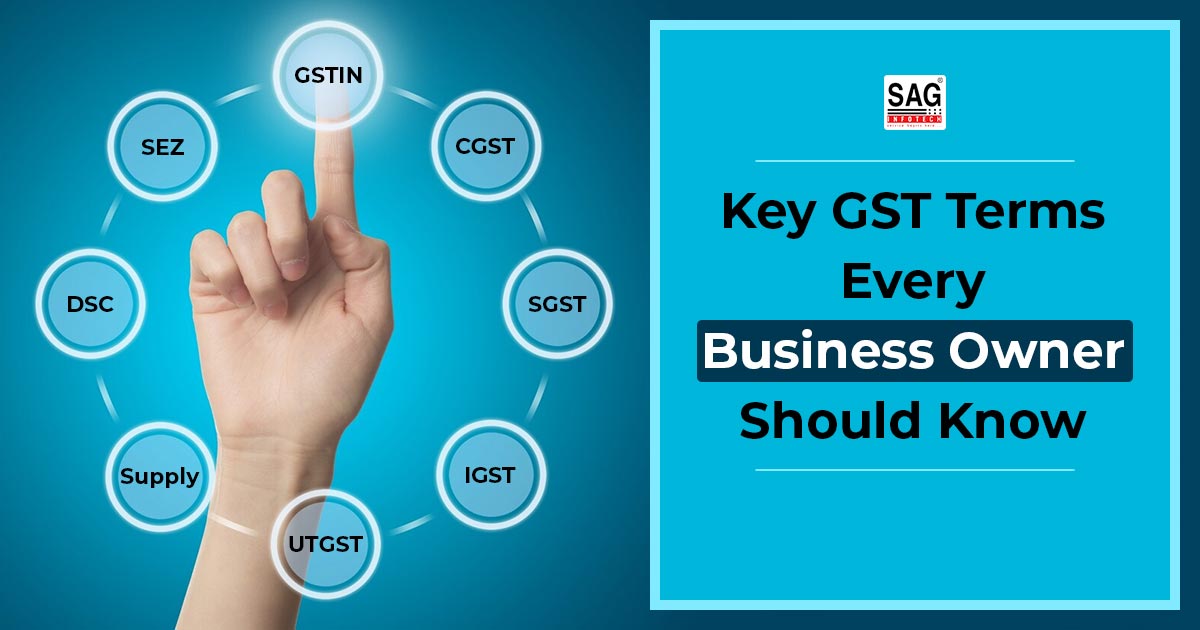
With the Goods and Services Tax (GST) implementation on July 1, 2017, businesses in India have experienced a thrilling shift. The same amendment has substituted a complex system of various indirect taxes with a single tax structure (One Nation, One Tax), particularly impacting cost, compliance, and functional effectiveness. GST objectives were to improve the operation of businesses in the country, motivate clarity, and amalgamate the tax system.
As GST secures an influential role in the economy, every business needs to be aware of certain GST-related terms. Learning these words assists in ensuring compliance as well as assists in optimizing the tax obligations and accessing the GST structure. This blog is about the GST framework that is significant for every business that needs to comprehend to effectively handle their business functionality as per the existing tax system.
An Explanation of the Central Goods and Services Tax (CGST):
The central government has charged a tax known as the Central Goods and Services Tax (CGST) on the supply of goods and services within a state in India.
An Explanation of the State Goods and Services Tax (SGST):
On the supply of goods and services within a single state in India, SGST tax is imposed via the state governments. On having a transaction in a single state both CGST and SGST are charged, permitting the central and state governments to collect their respective shares of the tax revenue.
Overview of the Integrated Goods and Services Tax (IGST):
In India IGST is a tax imposed via the centre on the inter-state supply of goods and services.
An Overview of Union Territory Goods and Services Tax (UTGST):
Union territory imposed a tax called UTGST on the supply of goods and services within the Union Territories of India.
Understanding Total Turnover:
Aggregate turnover refers to the total income generated from all taxable sales, but it does not include certain types of transactions. Specifically, it excludes the value of goods or services that a business has paid tax on through a reverse charge mechanism, exempt supplies, exports, and sales between branches of the same company that are registered under the same Permanent Account Number (PAN).
It’s important to note that this total is calculated across India and does not account for various taxes like central tax, state tax, union territory tax, integrated tax, and additional charges such as cess.
A Guide to Composite and Mixed Supplies:
- Composite Supply: A composite supply consists of two or more supplies of goods, services, or both that are naturally bundled and provided at a single price. The principal supply is the main supply that defines the essence of the composite supply. For example, a charger is supplied along with a mobile phone.
- Mixed Supply: A mixed supply consists of two or more supplies of goods, services, or both that are not naturally bundled and can be provided independently, but are supplied together at a single price. For example, a gift box containing chocolates, greeting cards, and other items.
- Distinctly the mixed and composite supplies are levied to tax: A Mixed supply which comprises two or more separate supplies is charged to tax at the rate of supply that draws the highest tax rate. Opposite to that a Composite Supply, which poses a principal supply, is imposed to tax at the applicable rate to the principal supply.
Understanding the Composition Levy Scheme Under GST:
The composition scheme is towards GST payment available to small taxpayers whose aggregate turnover in the previous fiscal year does not surpass Rs 1.50 Cr concerning goods (R 75 Lakh in the case of Uttarakhand and 7 North Eastern States) in the previous financial year, may opt for this scheme.
For suppliers of services, the composition levy scheme has been made available that has an Aggregate Annual Turnover in the foregoing fiscal year up to Rs 50 Lakh.
DSC (Digital Signature Certificate):
A DSC (Digital Signature Certificate) is an electronic signature used to verify the identity of taxpayers when interacting with the GST portal. Any individual registered under the Authorized Person tab of the GST Common Portal for an enterprise is permitted to sign and file GST on behalf of that enterprise using a DSC.
Guide to Domestic Tariff Areas and SEZ (Special Economic Zones):
- Domestic Tariff Areas (DTA) are places in India that are not organized as Special Economic Zones. DTAs maintain the traditional tax arrangements that apply to the overall economy.
- A special Economic Zone or SEZ is a geographical area that is within a specific economic regulation that is not the same as the rest of the country. Such zones are regarded as foreign territories for the objective of tax even though they are located within the country. Influential tax advantages are there for businesses. This distinctive status permits the SEZs to operate beneath earlier regulations which are given to draw foreign investment and improve economic development.
Exempt Supply Under GST:
The exempted supplies are comprised of goods and services that are not counted under the GST regime and are not enclosed in your GST return.
Electronic Way Bill (E-Way Bill):
An e-way bill is said to be the digital document needed for the transportation of goods exceeding Rs 50,000 within India. It is significantly a permit that enables the goods movement from one place to another.
An E-way bill includes all the essential details, which include the GSTIN:
number, Invoice, Value of Goods, details of place of delivery, HSN code, etc.
GSTIN (Goods and Services Tax Identification Number):
The Goods and Services Tax Identification Number or GSTIN is a 15-digit number that is allotted to every person or business entity enrolled under the GST regime in India. The same code assists in the collection of tax and indeed acts as a method of discovering the taxpayers.
Understanding GST Suvidha Providers in India:
The term (GSP) specifies a third-party application that enables the taxable person to access the GST portal effectively by being more customer-focused and user-friendly.
A Guide to HSN Codes: Harmonized System of Nomenclature:
HSN CODE is a six-digit code designed by the World Customs Organization (WCO) to categorize and find products all across the world. The same will be a uniform approach that makes it simpler to monitor commerce and collect precise taxes.
The Harmonized System of Nomenclature (HSN) framework is composed of 21 sections, which are additionally divided into 99 Chapters. These Chapters are then classified into 1,244 Headings, and subsequently, into around 5,224 Sub-headings.
ITC-HS Code: Indian Trade Classification Based on Harmonized Coding System:
India, as a member of the World Customs Organization (WCO), makes the classification system refined for imports and exports by introducing the Indian Trade Classification established on the Harmonized System of Coding (ITC-HS). India added two more digits to the standard 6-digit HS Code to improve the precision which is directed in an 8-digit code. The ITC-HS code resembles the HS Code, it varies in the last two digits, furnishing an appropriate classification.
The first two digits fetch the Chapter, and the next two digits cite the Heading. The below-mentioned two digits signify the subheading. Lastly, the last two digits show the Tariff item.
ITC (Input Tax Credit) Under GST:
The Input tax credit (ITC) permits the registered businesses to utilize the tax they file on the buying to lower their tax load when they sell. The same prevents double taxation and lessens their tax obligation.
Some expenses do not qualify for the GST input tax credit, including motor vehicles for personal use, health services, food and beverages, membership fees, outdoor catering, employee travel benefits, and goods or services for personal consumption. GST credit could not be asserted on lost, stolen, or destroyed goods or those provided as free samples or gifts.
The last date to claim the ITC is the earlier of two dates- Either November 30th of the following financial year or the filing date of the annual GST returns in Form GSTR-9 for that fiscal year.
An Overview of (SAC) Services Accounting Code:
A Service Accounting Code is a 6-digit code that is allotted to distinct services under GST, drawing uniformity and clarity to service taxation. Performing so SAC allows the streamlined identification, and standardized tax practices, easing perfect GST calculations.
TDS (Tax Deducted at Source):
It is said to be the system where the payer deducts a part of the payment as tax and deposits it to the government.
Example- Interest, Commission, Rent, etc.
TCS (Tax Collected at Source):
TCS, or Tax Collected at Source, is directed to a tax that sellers collect from buyers during a transaction.
“The tax deducted or collected at the source can be credited to the Central Government either Electronically or Physically by using by furnishing the Challan 281 in the authorized bank branch.”
TAN (Tax Deduction and Collection Account Number):
The Income Tax department issues a 10-digit alpha-numeric code to all the individuals entrusted with collecting/ deducting tax from the source. In every correspondence associated with TDS and TCS, TAN must be quoted.
Reverse Charge Mechanism (RCM):
The Reverse Charge Mechanism (RCM) under GST is a system in which the receiver of the goods or services rather than the supplier is obligated to file the applicable GST before the government. The same procedure is been introduced by the government to ensure clarity and accountability in the taxation world.
In the two major cases, the Reverse Charge Mechanism (RCM) is applicable
- Purchases from Unregistered Suppliers- If a registered business buys goods or services from a supplier who is not enrolled under GST.
- Certain Goods and Services- RCM is applicable before the specific goods and services as mentioned via the government (section 9(3) of CGST Acts) like goods transport agency services, legal services, rent-a-car services, and manpower supply services.
Understanding Zero-Rated Supply under GST:
It is directed to the supply of goods and/or services that are waived from GST along with the exports and the supplies incurred to the Special Economic Zones (SEZs).
Closure
The Goods and Services Tax (GST), has transformed the operations of Indian business, and owners of businesses should grasp its complexities to negotiate this new thing. The owners are allowed to optimize tax obligations, guarantee smooth compliance, as well as make the correct decisions to increase growth by being known with the significant GST concepts.
The businesses would be required to remain flexible and adapt to the updated GST pre-requisites. It enables rectified operational effectiveness and supports India’s economic growth. Also, securing a learning of GST jargon can assist companies manage cash flows, negotiating with suppliers, and decreasing risks.
Therefore it is significant to have an understanding of GST for the companies wishing to succeed in the after GST world. Using this updated compliance and keeping ahead of the curve the business owners can make their business operations effective taking the economy of India in an upward direction.



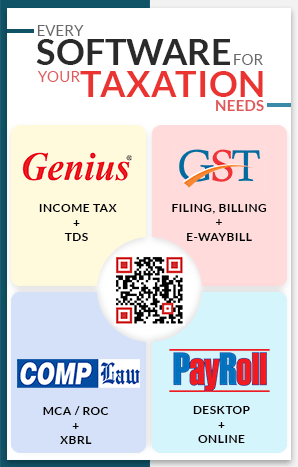
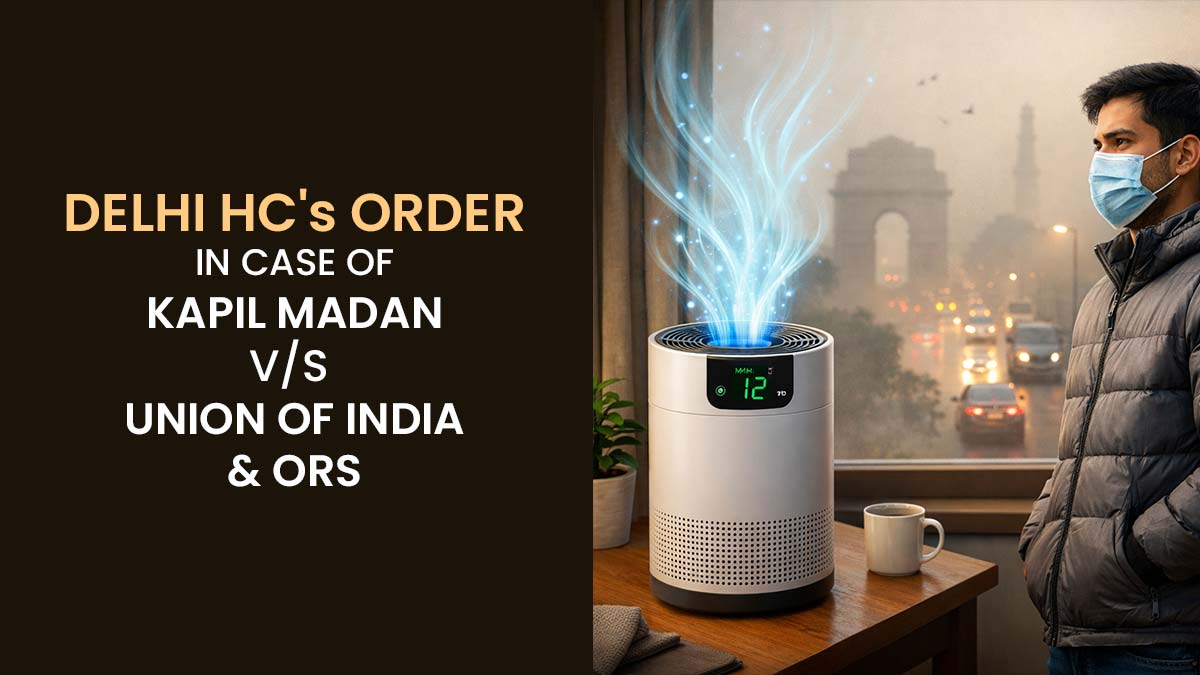

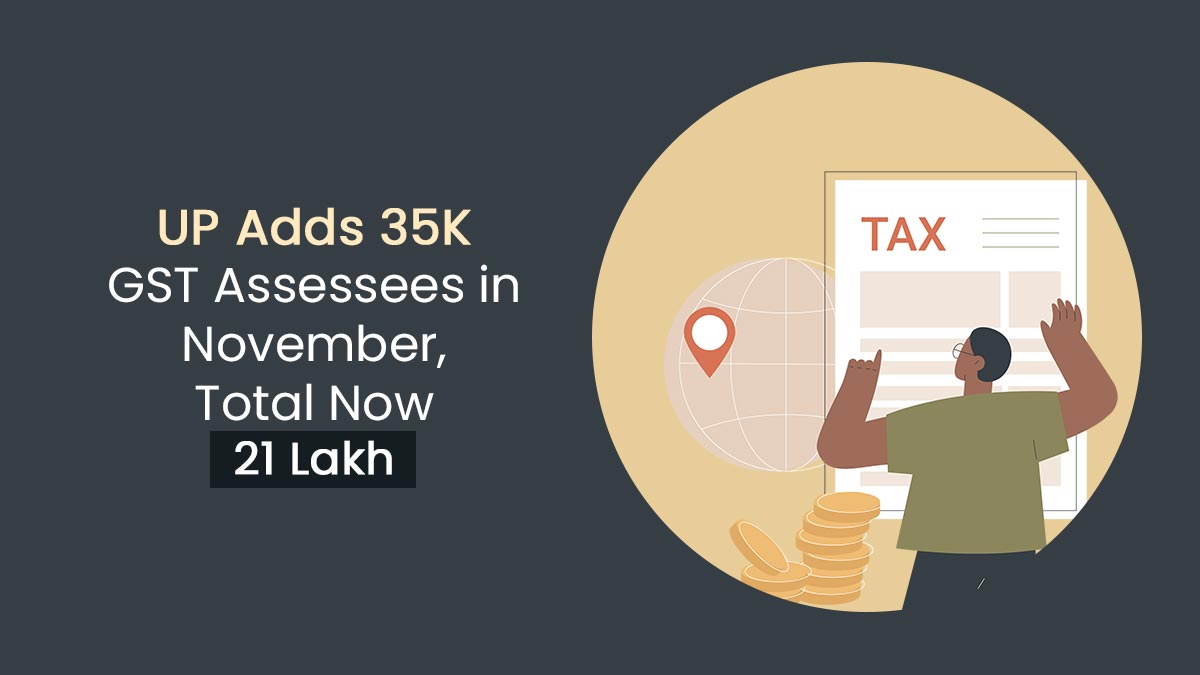
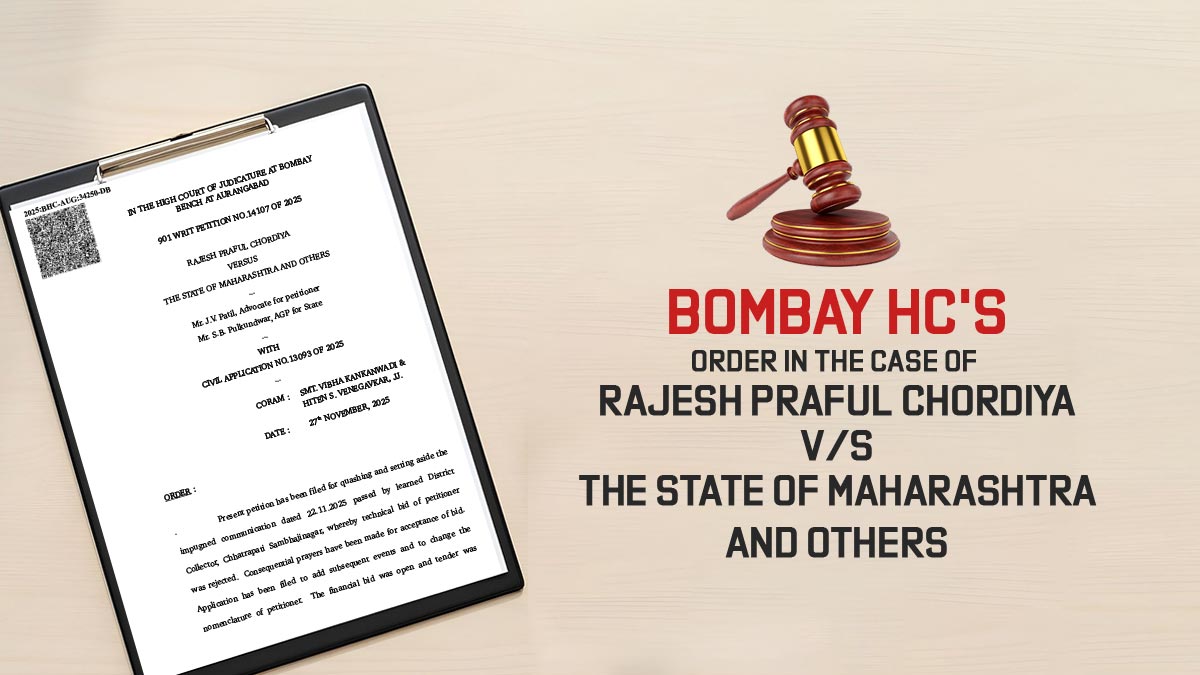
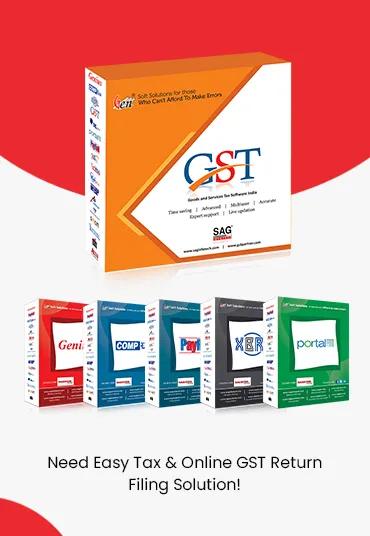
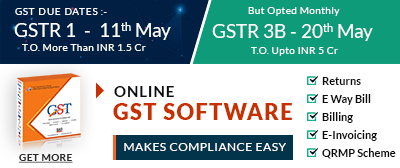
Please send me the GST latest articles and judgements…
https://blog.saginfotech.com/category/gst-india
https://blog.saginfotech.com/gst-latest-updates